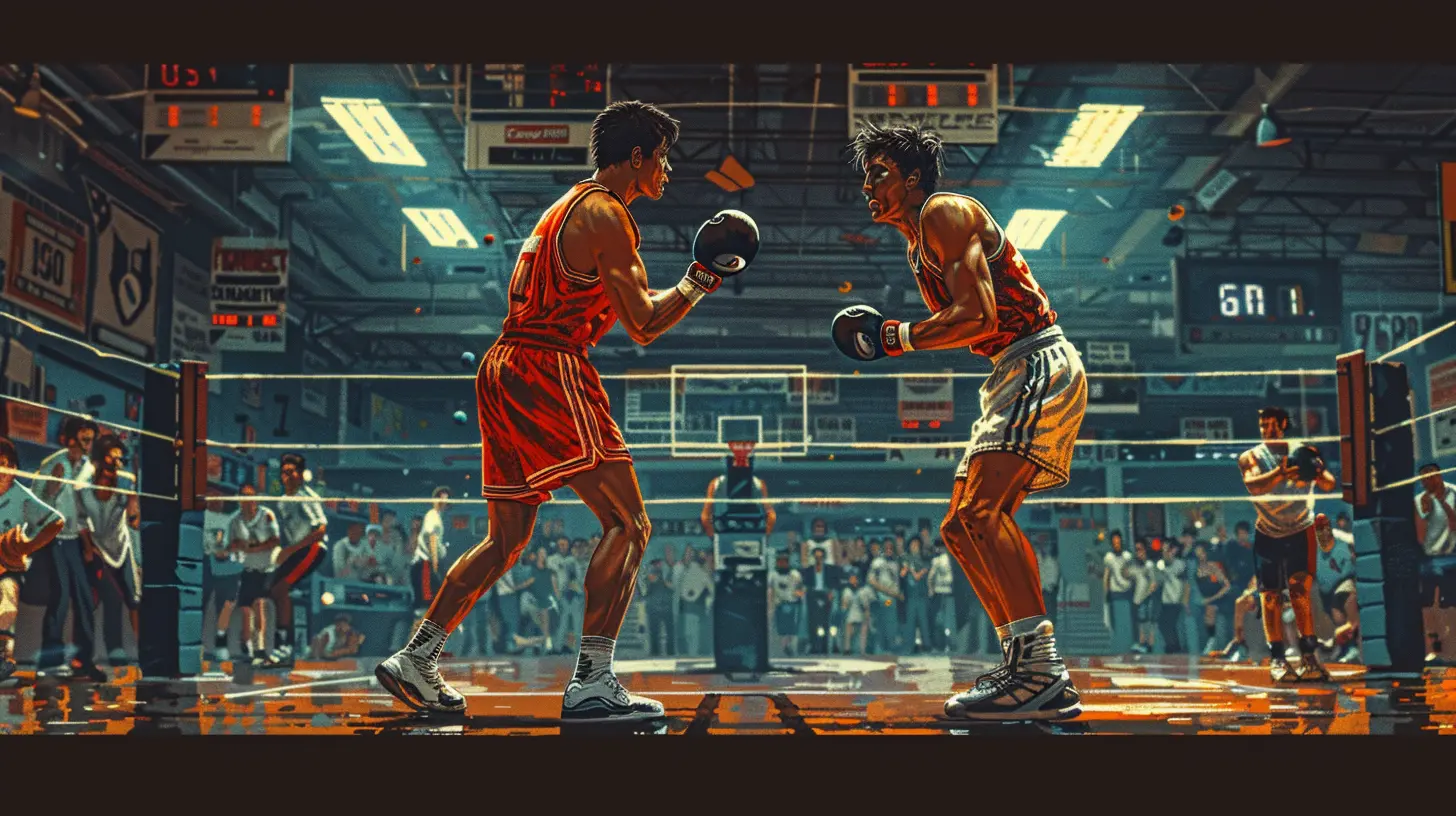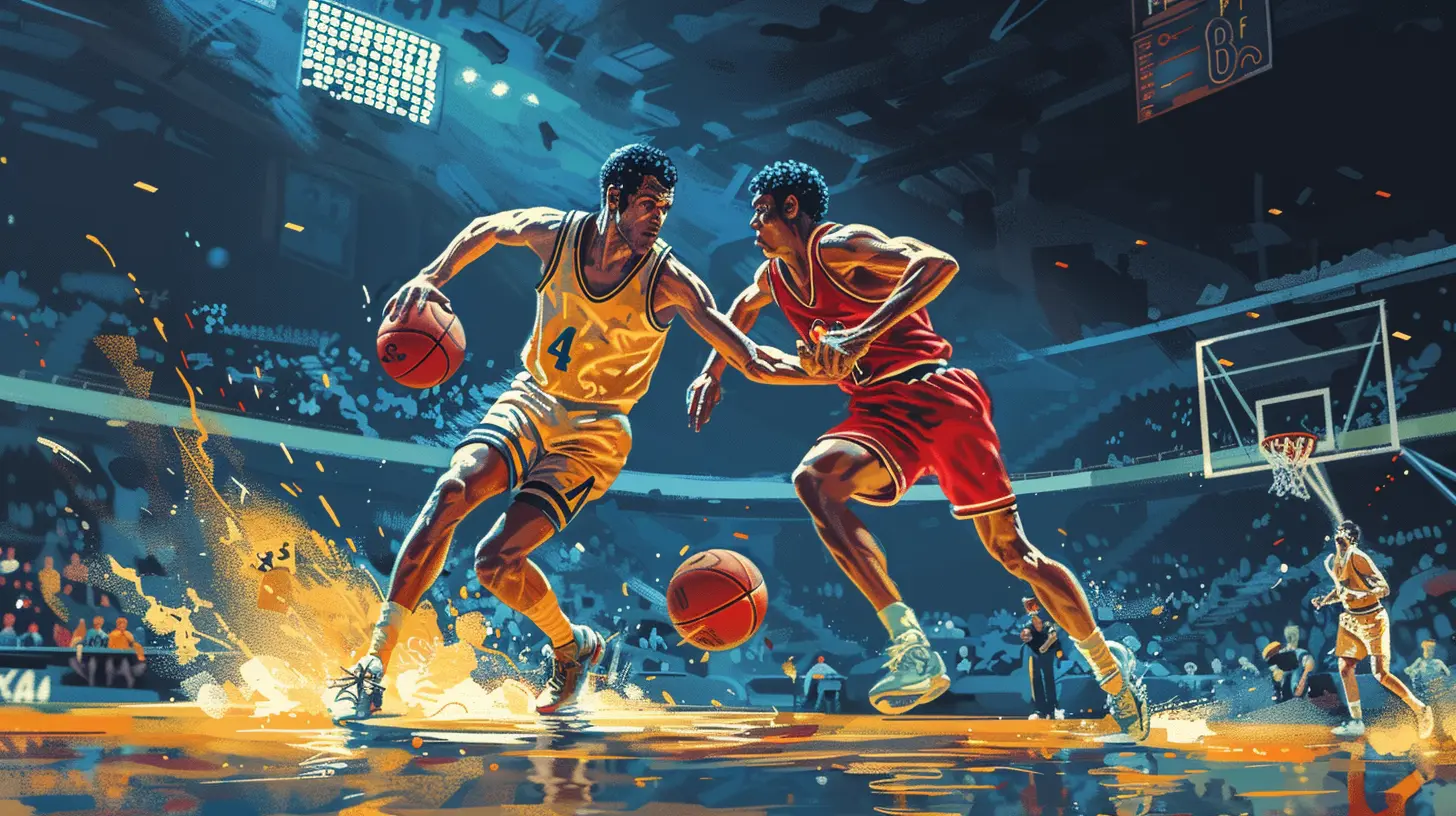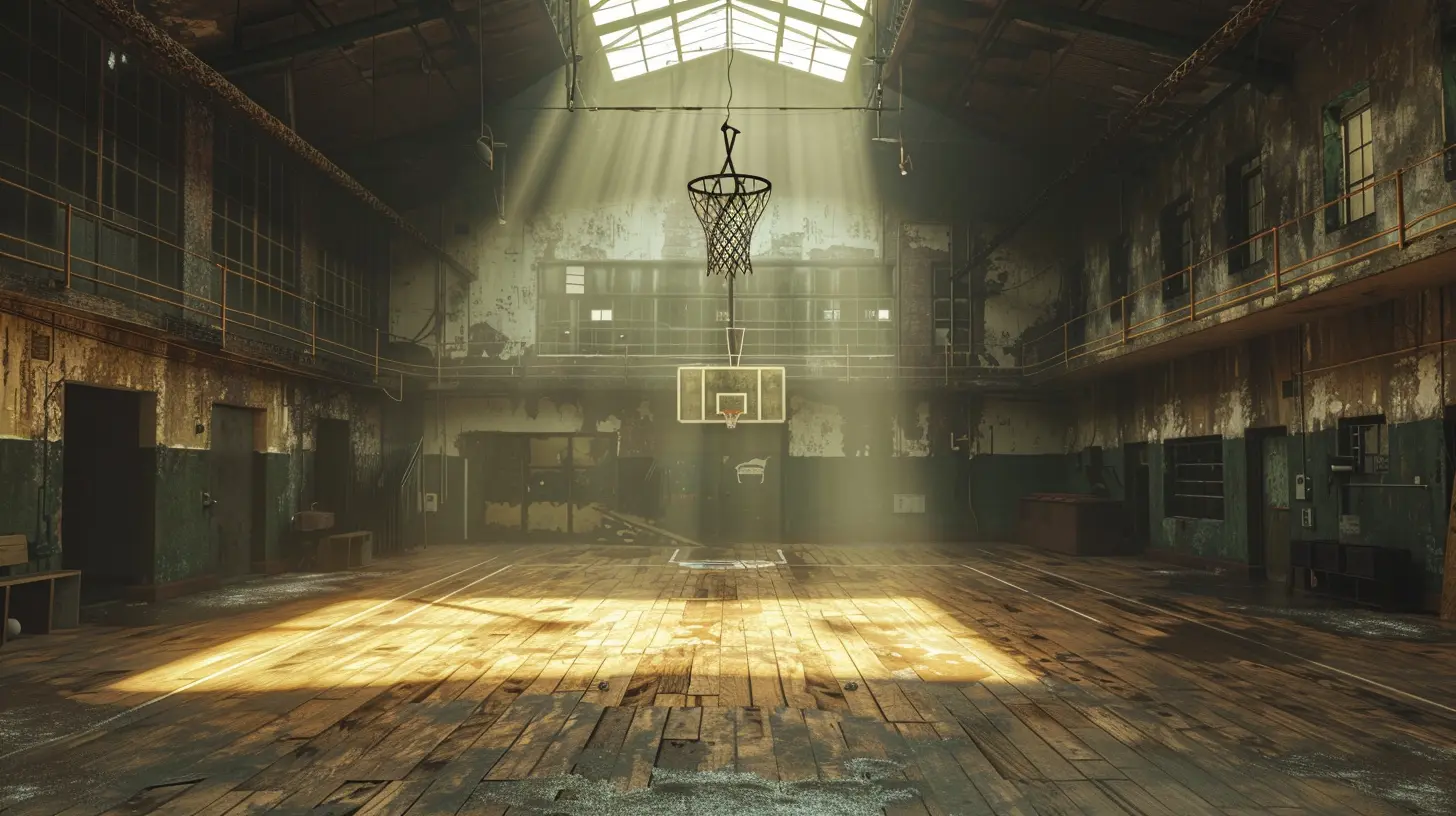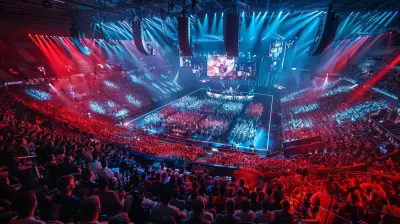24 December 2024
Gaming has come a long, long way. Imagine the pixelated glory of the past, where blocky players would clumsily glide across the screen, paired with beeps and boops that served as sound effects. It was a humble beginning, but those early sports games had something magical—they laid the foundation for the incredibly realistic experiences we now take for granted. They were the unsung pioneers, the stepping stones to the jaw-dropping realism you see in modern sports simulations like FIFA, NBA 2K, and Madden NFL.
But how exactly did those primitive games achieve that? What lessons were learned along the way? Buckle up, because we’re about to dive into how those early sports games paved the way for the realism that makes you yell at the screen today as if your life depends on scoring that last-minute goal. 
The Humble Beginnings: Pong and the First Steps
Back in 1972, Pong, the granddaddy of sports games, kicked things off. Was it realistic? Not really. I mean, unless you’ve seen real-life paddles whacking square balls in slow motion. But let’s give credit where it’s due—Pong introduced the idea of competition in a digital space. It mimicked table tennis in its most stripped-down form.What made Pong so monumental wasn’t its graphics but its concept. Pong was proof that games could emulate sports, even if only in a loose sense. It showed that people love replicating real-world activities, even if all they had was two paddles and a pixelated “ball.” It was simple, yes, but it was addictively engaging. And sometimes, that’s the spark you need to ignite an industry-wide storm. 
Bridging the Gap: Arcade Sports Games
Fast forward to the late 1970s and early '80s, and sports games took a big leap with arcade cabinets. Titles like Atari Football (1978) introduced mechanics that mimicked actual sports tactics. This was one of the first games to feature a trackball control, giving players a sense of physical connection with the game. It wasn’t just about pressing buttons anymore; you were working that trackball like your life depended on it.Games like NBA Jam in the '90s paved a path for exaggerated sports realism. Sure, the realism here might have been a little… unconventional (players dunking from half-court with flaming basketballs isn’t exactly the NBA standard). But underneath the chaos, developers were learning important lessons about physics, player animations, and gameplay dynamics that mirrored real sports actions.
The arcade era was about experimentation. Developers were figuring out how players interacted with sports games, dialing in the fun factor while dipping their toes into realistic mechanics. These games were like training wheels teaching the industry how to ride. 
The Console Revolution: Sports Games Grow Up
Then came the console era, and that’s where things really started heating up. The early NES and Sega Genesis sports games cranked up ambition by incorporating more detailed player models, strategic gameplay, and even the hint of commentary. Remember Tecmo Bowl? The game that started giving football fans a taste of strategy—and might’ve been the cause of more than a few sibling rivalries in the living room?Tecmo Bowl wasn’t just a game; it was an experience. It captured the essence of football, albeit in a simplified form. This was something new—sports games started becoming about more than just pressing buttons to score. They started making you think, plan, and strategize.
And then you had Punch-Out!!, which, let’s be honest, felt like you were stepping into a boxing ring. While it featured larger-than-life opponents like King Hippo, it also introduced realistic mechanics like dodging, counter-punching, and stamina. It made you feel like every victory was earned through skill, not just button mashing. 
Realism Unleashed: Motion Capture and Advanced Graphics
By the mid-‘90s, sports games took another giant leap. Developers started adopting motion capture technology, and suddenly, athletes in games weren’t just moving—they were moving like real people. Animations became smoother, players started looking like their real-life counterparts, and actions had weight to them.FIFA, which first launched in 1993, was one of the trailblazers. While the early versions were still a bit rough (sprites instead of polygonal players, anyone?), the franchise’s commitment to realistic gameplay mechanics set the benchmark. Over time, they added features like actual ball physics, weather effects, and licensed stadiums to immerse players deeper into the game.
Another groundbreaking title? NBA Live. EA Sports took what it learned from early basketball games and created something that really started to look and feel like basketball. It wasn’t just about shooting hoops; it was about running plays, passing with precision, and feeling the pace of an actual game.
Can we take a moment to appreciate how much 3D graphics changed the game (pun intended)? Suddenly, you weren’t just controlling abstract sprites—you were managing actual players with faces, jerseys, and sweaty foreheads. The realism that we now expect as a standard started blossoming during this era.
The Arrival of AI: Smarter Opponents, Realistic Matches
What’s a sports game without smart opponents? Sure, it was fun obliterating the opposition back in the early days, but as games evolved, we craved more challenge. Enter AI advancements.Developers began programming computer-controlled teams and players that could adapt on the fly. If you’re the type to spam the same move over and over, you’ve probably noticed AI opponents figuring out how to shut you down. That’s realism right there. It’s like playing against an actual human who’s learning your tricks and countering them.
Take Madden NFL, for example. With every new iteration, the franchise ramped up its AI sophistication. Teams started mimicking real-life playbooks, and players began acting like their real-world counterparts—whether that meant scrambling more or being weirdly good at throwing long passes. Playing against the computer no longer felt like a robotic experience; it felt dynamic, like you were up against a real opponent.
Licensing and Authenticity: Sports Games Go Legit
Speaking of realism, can we talk about how licensing changed the game? Early sports games didn’t have the luxury of featuring actual players, teams, or stadiums. But once licensing became a thing, sports games kicked it up several notches.Seeing your favorite player’s name on their digital jersey? Checking out the details of a famous stadium like Wembley or Madison Square Garden? That level of authenticity made these games feel like an extension of the real-world sports experience.
Games like FIFA, Pro Evolution Soccer, and NHL capitalized on this, creating worlds so immersive that you could practically smell the freshly-cut grass or hear the crunch of skates against ice.
Physics and Beyond: The Quest for Perfection
Let’s not forget about physics. Realism isn’t just about how things look—it’s about how they feel. One of the biggest leaps in sports game realism came from implementing more accurate physics engines.Take the ball mechanics in FIFA, for example. Early on, the ball felt like it was glued to the player’s feet. But as technology advanced, developers figured out how to give the ball its own independent physics. Now, every pass, shot, or tackle feels unique because the ball behaves like, well, a real ball.
Similarly, player collisions in games like Madden NFL and NBA 2K became more sophisticated. Players react dynamically to hits, falls, and bumps. It’s these nuances that blur the line between game and reality.
Sports Sims Today: The Legacy of the Pioneers
Fast forward to 2023, and realism has reached staggering levels. Modern consoles deliver lifelike graphics, realistic commentary, and gameplay that feels indistinguishable from watching a live game on TV. With features like VR (Virtual Reality) and AR (Augmented Reality) creeping into sports simulations, we’re closer than ever to achieving the “you are there” experience.But let’s not forget—the glitz and glamour of modern sports sims wouldn’t exist without the trailblazers. From Pong's simplicity to motion capture, advanced AI, and physics—every innovation was a step on the ladder to realism.
So, What’s Next?
As gaming technology continues to evolve, it’s almost scary how immersive sports games could get. Imagine AI opponents that learn from your every play or VR experiences so realistic you have to wipe sweat off your forehead after a match. The possibilities are endless.But here’s the thing: no matter how far we go, the magic of sports games will always trace back to their roots. It all started with blocky graphics, stiff controls, and a dream to create something bigger. And boy, did they deliver.










Bear Sawyer
Early sports games were not merely digital recreations but visionary experiments, pushing the boundaries of technology and design. They laid the groundwork for realism by blending mechanics with player psychology, inviting us to reflect on the nature of competition and our relationship with sport itself.
February 8, 2025 at 4:21 AM